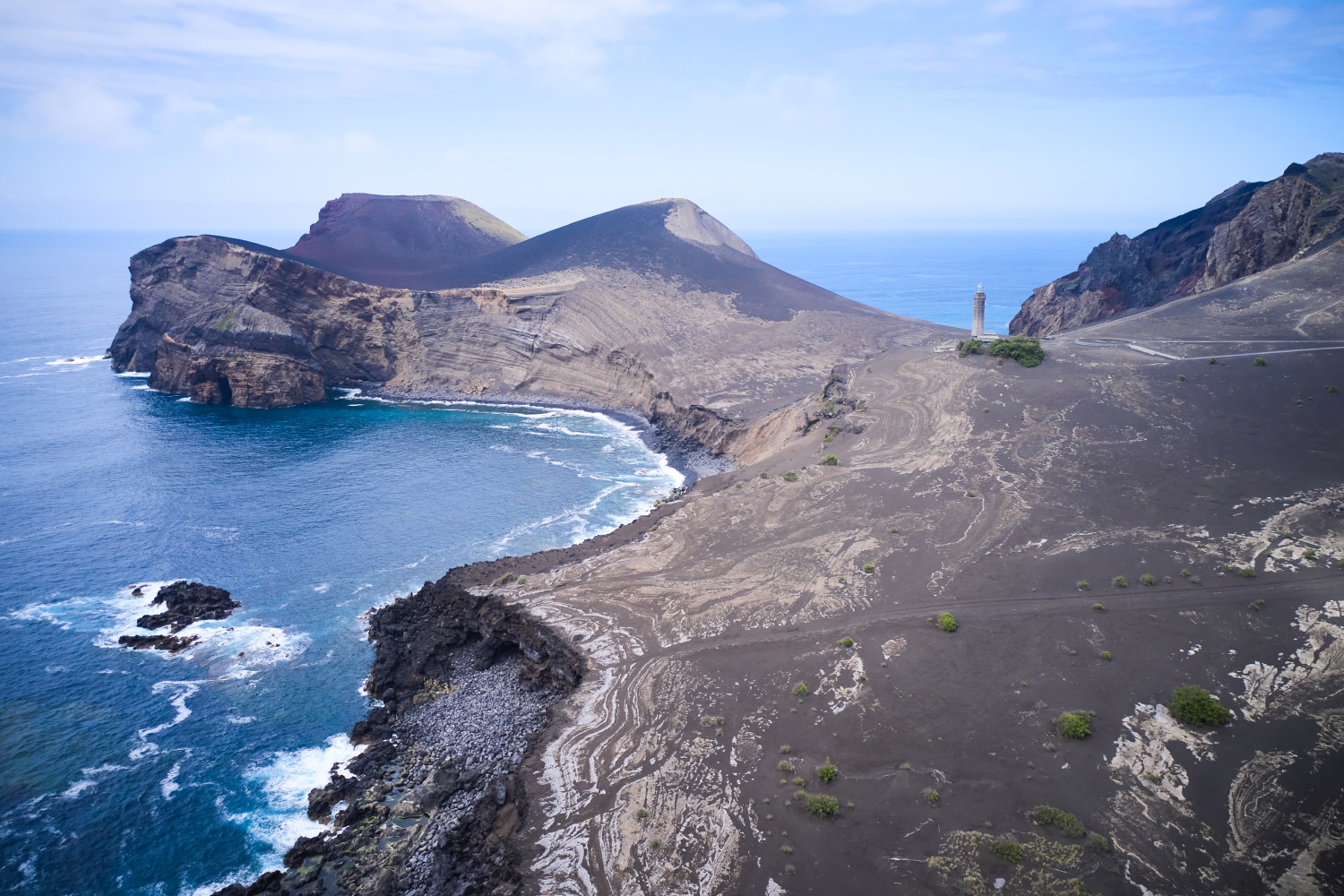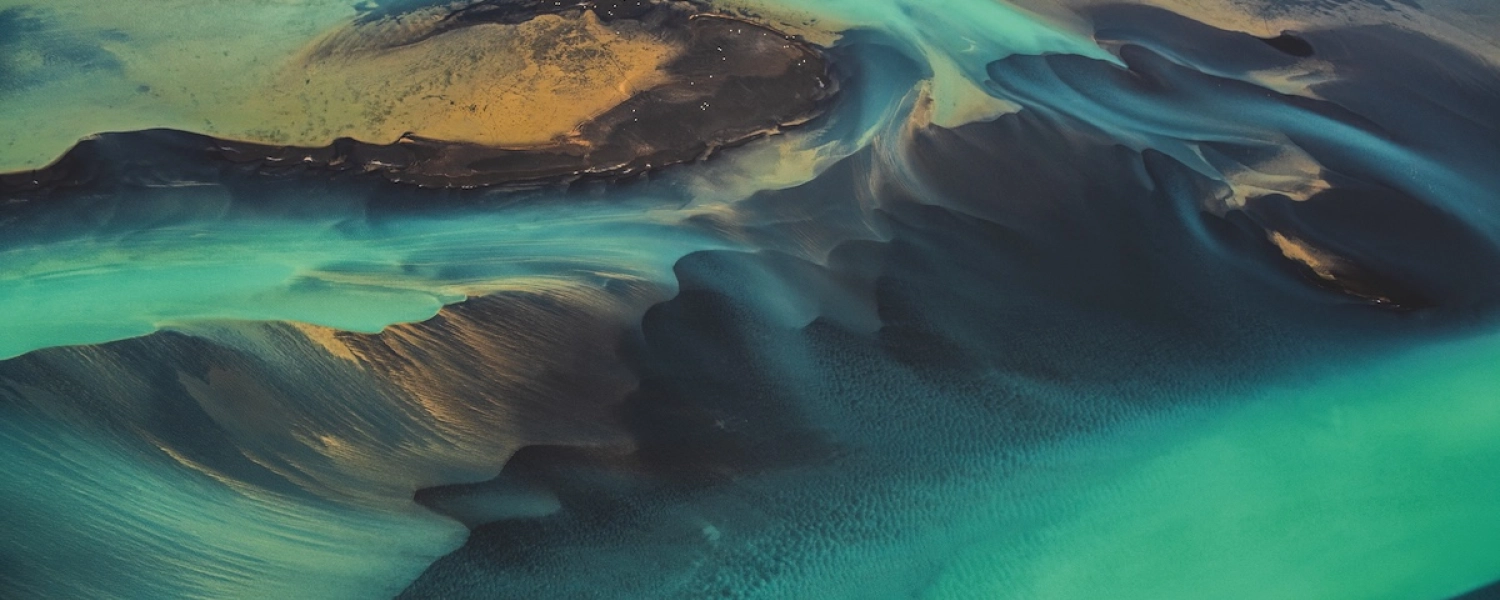- Details
- Written by: Daniel Wildey
If travelling to somewhere remote is a sign of a real adventure then put the Azores high on your list. The flight west out of Lisbon passes over nothing but open ocean for two and a half hours. Of course, thousands of people live on the islands, and many more visit each year - at least, in a normal year.
There is all the same infrastructure you’d find on the Portuguese mainland. Still, the only time I’ve felt more distant from the rest of the world was in Greenland. Hundreds of miles of Atlantic are a formidable barrier.
My first port of call on the islands is a town of real cultural and historical significance, despite its isolated position. Angra do Heroismo, on the island of Terceira, previously served as the capital city of Portugal during the 19th Century civil war, and was awarded the ‘heroism’ tag for the populations’ successful defence of the city.
The town is now a UNESCO world heritage site, and arguably the prettiest in the entire archipelago, with some imposing architecture, colourful and well-maintained facades, and beautiful urban gardens. For the active traveller though, it is the proximity of Monte Brasil that really makes this the place to visit.
“The town is now a UNESCO world heritage site, and arguably the prettiest in the entire archipelago”
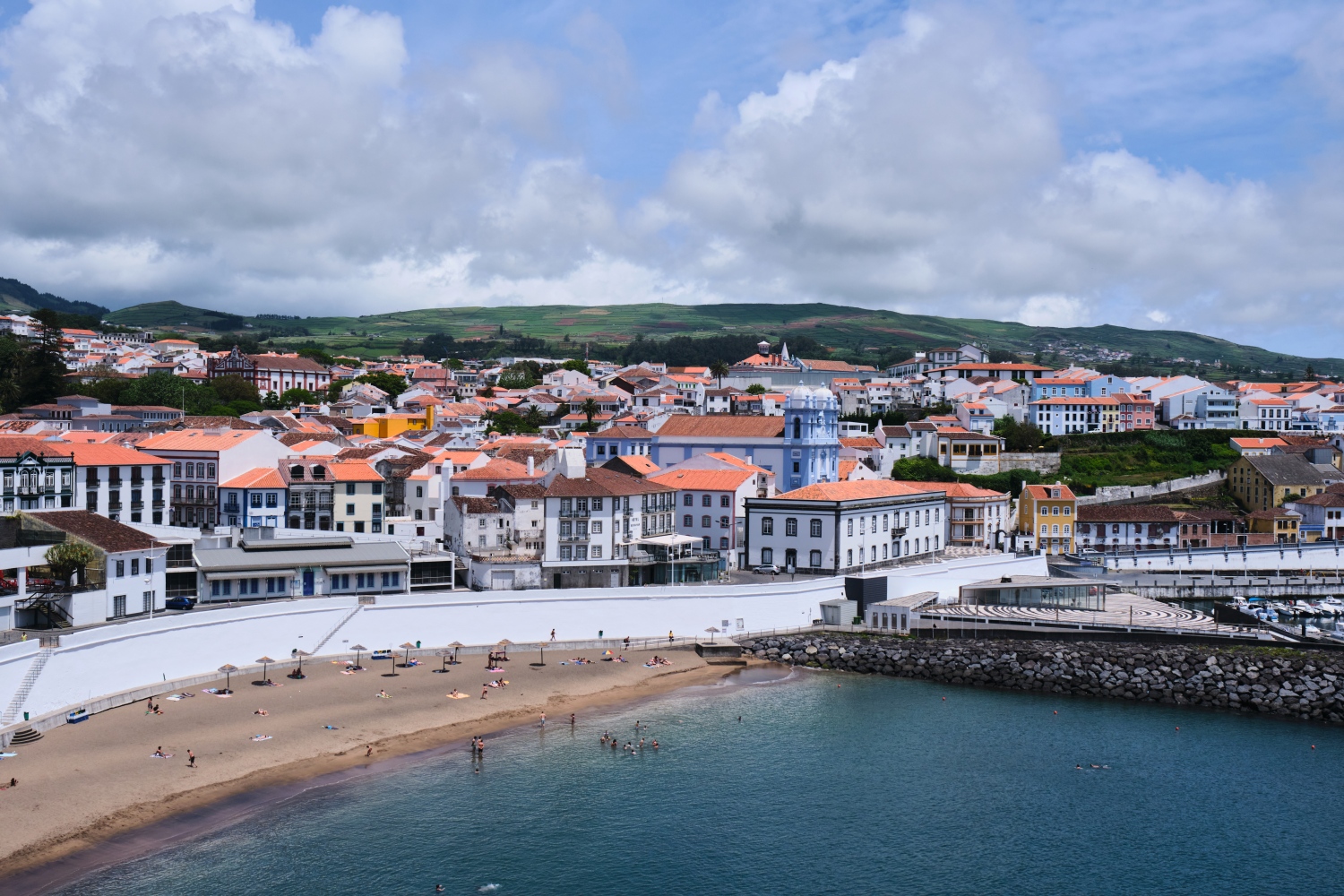
At 205 metres it dominates the skyline from all over the town. Even if you’re not looking at it, you feel it’s looking at you - just waiting to be climbed. You could always cheat and drive the majority of the ascent, but you’d miss out on meandering through the cobbled side streets – built for a less petrol-driven time – and passing through the stone archway just beneath the huge military barracks, where a saluting guard stands duty.
The hill itself is small, but the views over town are incredible, and it’s a summit steeped in history - as you wind your way up, you’ll come across the remains of gun emplacements and trenches, but also very old watchtowers, used for spotting whales, as well as invaders.
As with many Azorean hills, Monte Brasil is a cinder cone, a volcano formed by a submarine eruption, and the fertile crater is home to abundant life. The mountain is home to a bizarre menagerie of chickens and peacocks as well as exotic caged birds. Perhaps most surprisingly of all - on an archipelago devoid of endemic mammal life - I also encounter a solitary fallow deer, clearly irritated at the indignity of being photographed whilst trying to graze.
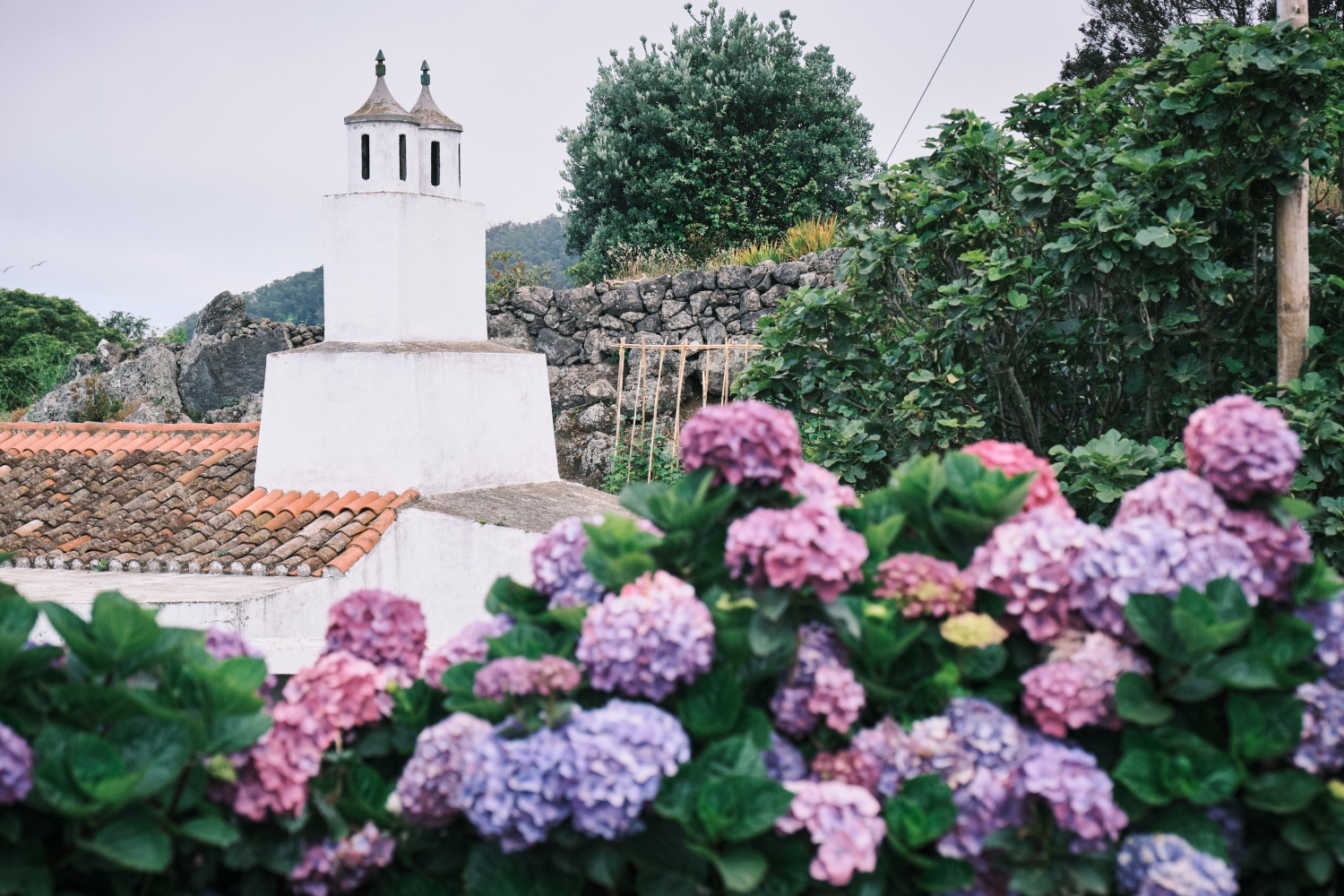
Dark mysteries
Inland, I find more significant hiking routes. Compared to some neighbouring islands Terceira is made up of gentle rolling hills and meadows, and has a more bucolic feel. But close to the centre of the island is a hike known as Misterios Negros (or ‘black mysteries’) which passes through some wild and strenuous territory.
Starting near to the Lagoa do Negro (black lake) the hike begins pleasantly enough, with views of the conical peaks and Japanese cedar forests typical of the Azores. Soon enough we dive into the undergrowth and things start to heat up. While the temperature actually remains in the low 20s for most of my trip, the humidity gets me, and once the dense vegetation closes in, the merest breath of wind starts to feel like a kindness.
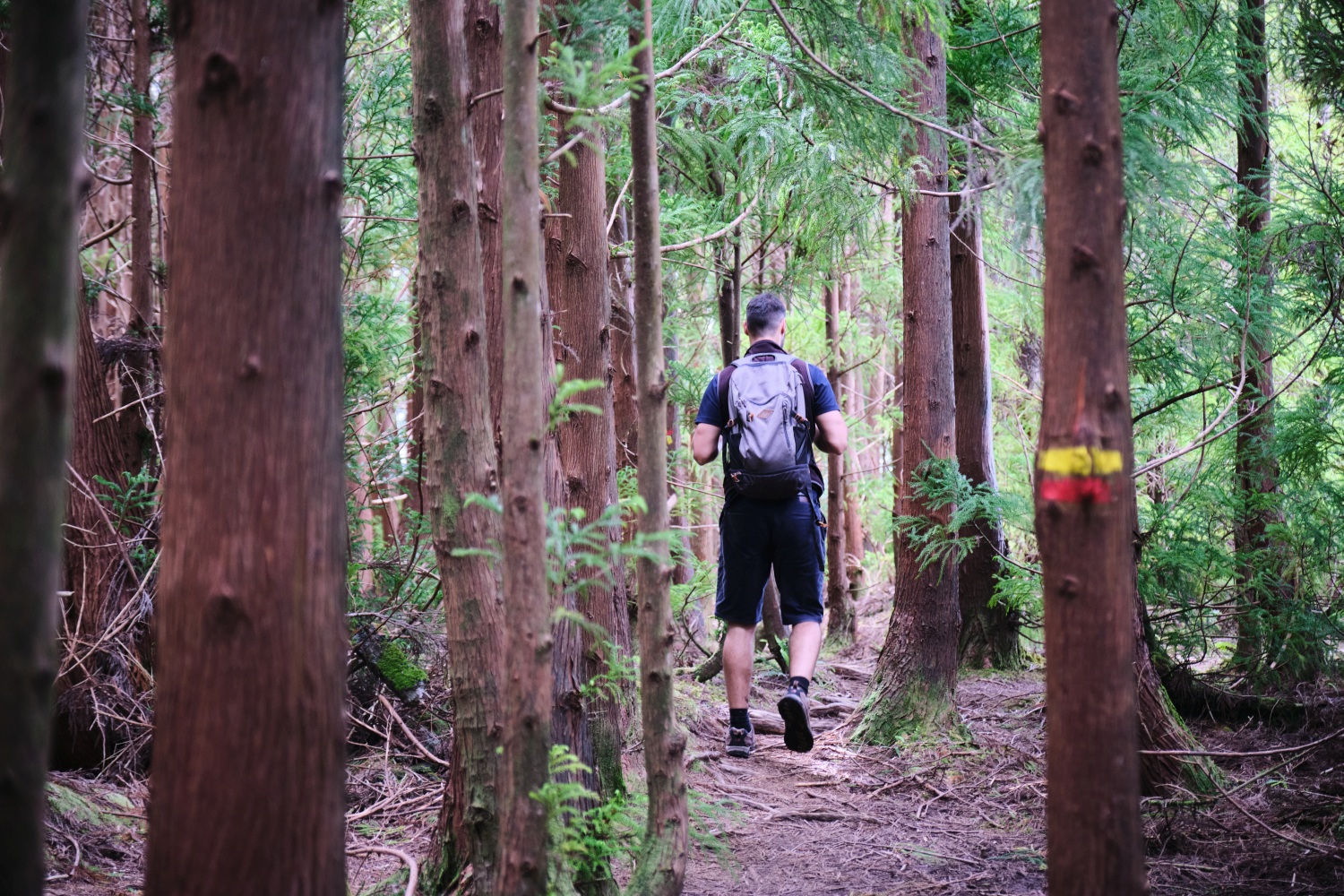
As the dense forest path begins to wind upwards, the ground underfoot becomes noticeably more volcanic; twisted black formations grow in stature (not to mention ferocity, if they happen to brush against your skin) as we ascend, until we’re climbing between rocky platforms big enough for us to scramble briefly above the low canopy and see the entirety of the impressive valley we’re following.
We finally reach the treeline and get our first glimpse of the naked black rock outcrops which give the hike its name. Created by an eruption in 1761, these barren expanses – combined with the swirling remnants of the morning’s low cloud – serve as an eerie reminder of the geological forces still bubbling beneath our feet.
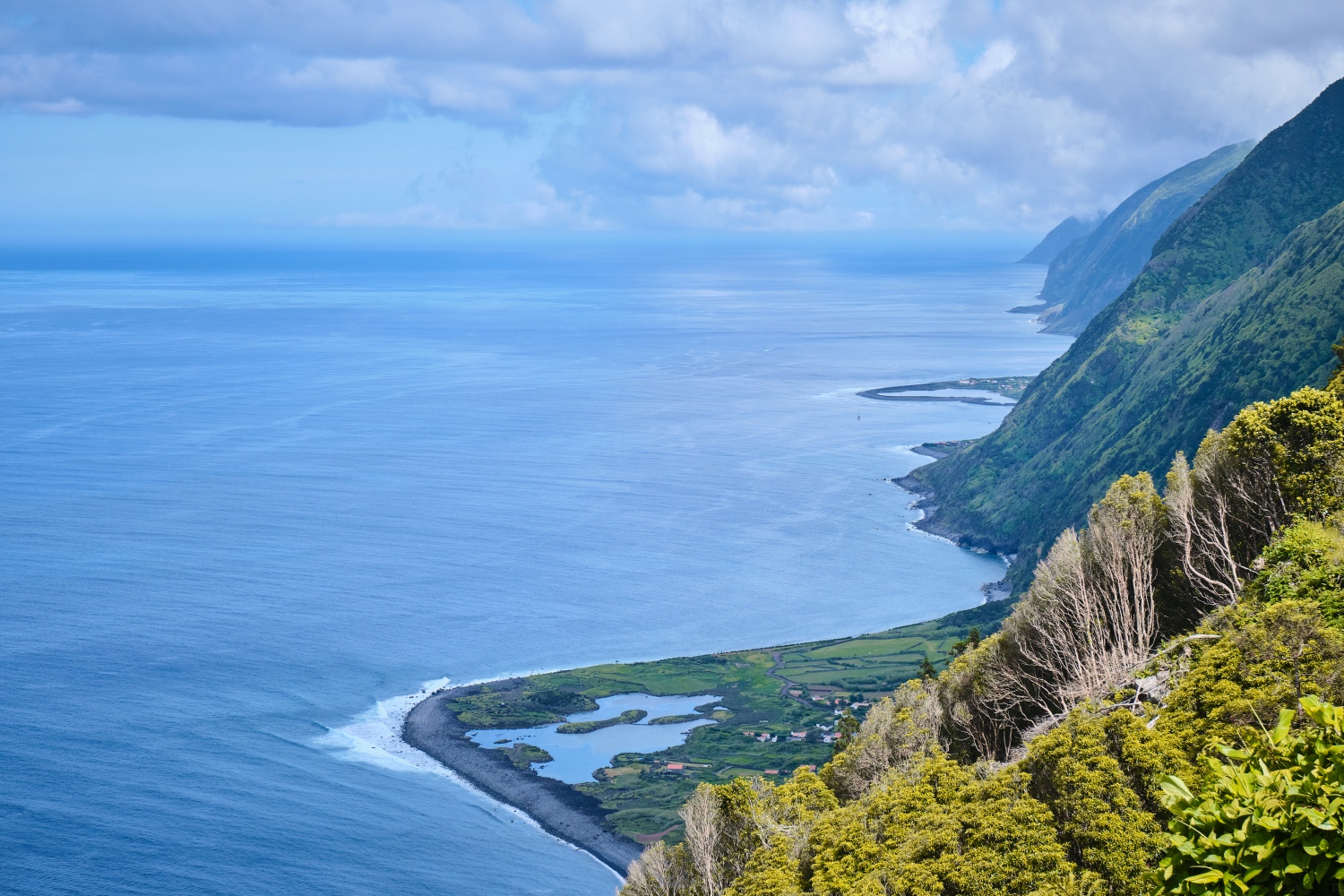
Welcome to the jungle
That half-dormant power is even more evident on the second of my island stops – Sao Jorge. Where Terceira makes up a gentle corner of the central five-island grouping of the Azores, Sao Jorge rears steeply out of the sea and cuts a jagged line through the middle like a dorsal fin. 55km long and barely 8km wide, the island is like a slice of prehistory, or “Jurassic Park without the dinosaurs” as my guide puts it.
I arrive on Sao Jorge at 9am after a 17-minute flight from Terceira. A super-quick change at my hotel in the port-town of Velas, and I’m heading straight up onto the high spine of the island with my guide, Katerina. Having sweated through a hectic morning I’m surprised to see Katerina wearing a jacket. “One thing I always tell my guests to carry is a waterproof. It can rain at any time in the Azores.” By the time we reach the summit of our drive we’re in thick cloud at a refreshing 17 Celsius, with a gusty wind to boot.
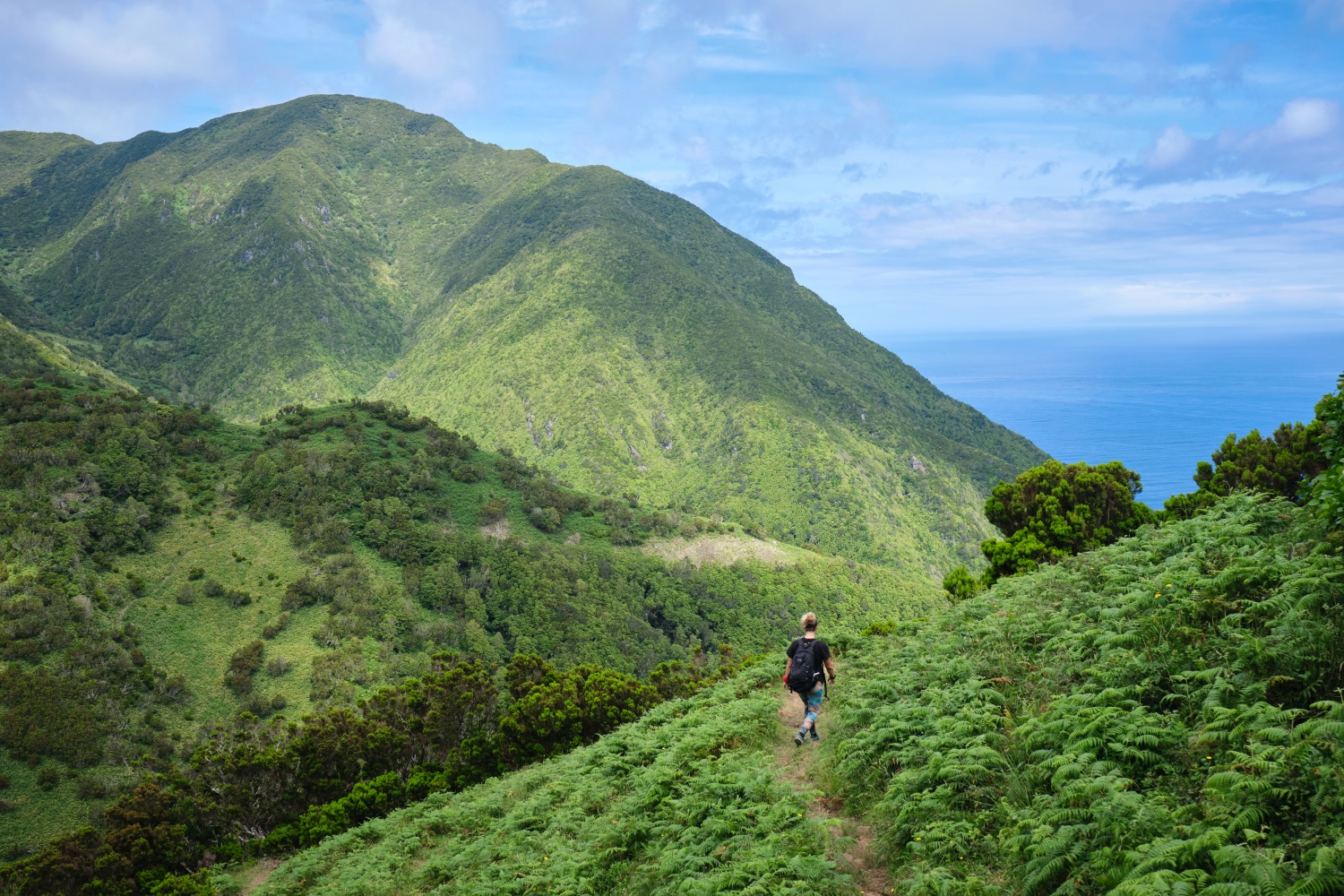
Thankfully, the conditions don’t last. We are here to hike the Serra do Topo trail – one of Sao Jorge’s most popular routes, and one that’s almost exclusively downhill. By the time we’re a few hundred metres from the carpark, we’ve already popped out beneath the cloud, and into a jaw-dropping paradise: an impossibly steep valley dropping vertiginously to the sea, and lined entirely with thick vegetation. There’s not a single surface uncovered by the forest for the next 650 vertical metres.
Despite the cool start, the heat grows more obvious with almost every step. There seems to be an invisible demarcation line between temperature zones, and you can feel the heat tick up at regular intervals. Another, altogether more pleasurable, sensory experience is the blast of mint as Katerina’s feet disturb a patch just ahead of me. This, the unmistakeable scent of what she called the ‘incense tree,’ and an unidentified - but very powerful - aniseed fragrance keep my nostrils entertained and likely diminish the effect of my profuse sweating.
And after two-thirds of our descent, we’re granted an incredible respite from the heat by a tropical waterfall. Well concealed by the foliage, and impacting only a small pool, the water is fast-flowing, cold and delightful.
- READ NEXT: The Best Lightweight Walking Boots
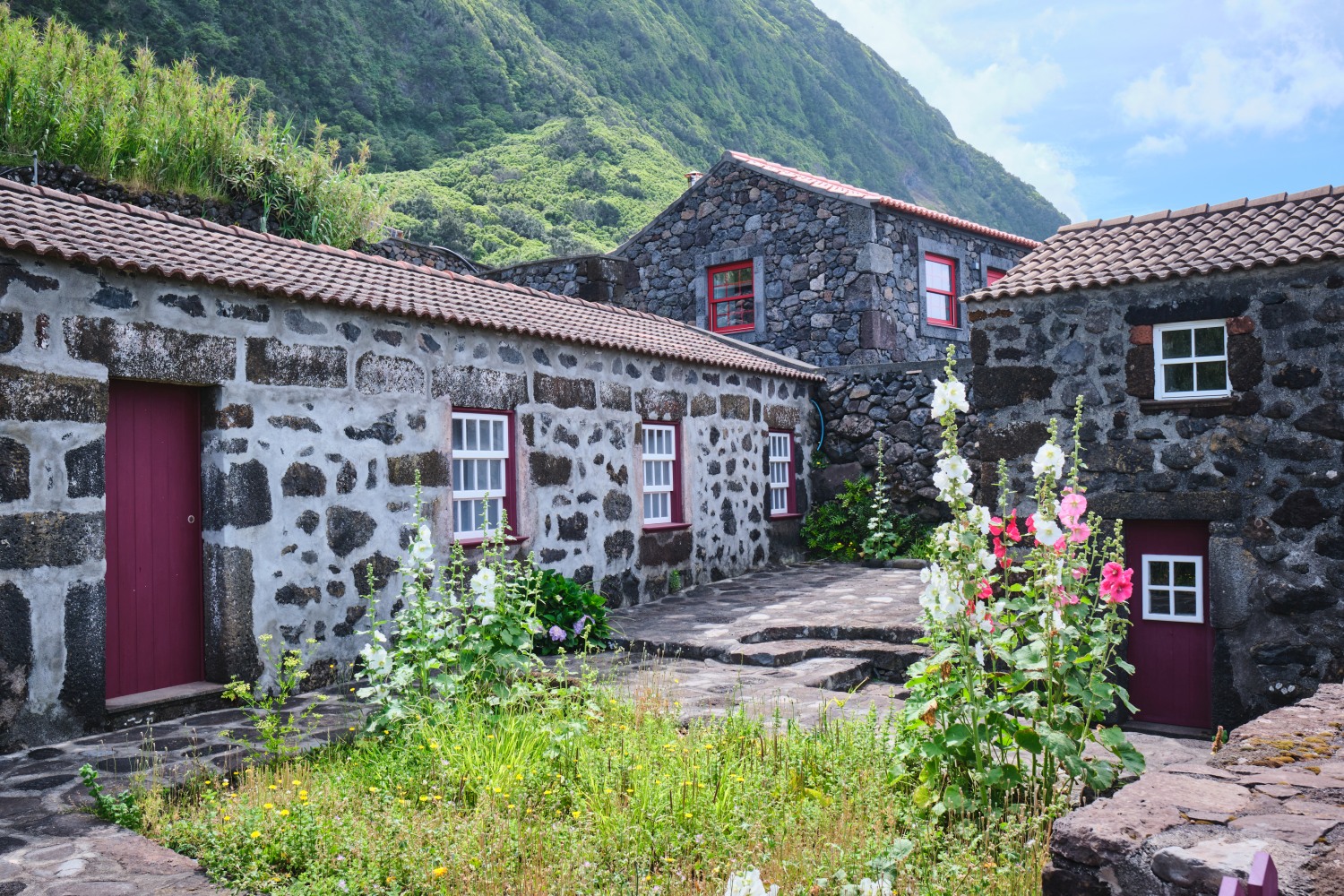
Twisted faja starters
A few kilometres further and our lunch-destination hoves into view. The tiny village of Caldeira do Santo Cristo sits beside a natural lagoon on what is called a ‘faja.’ A kind of platform – neatly described by Katerina as a ‘tongue’ of land – formed by either a landslide or a lava flow. Fajas are dotted all around the coastline of Sao Jorge, usually at the bottom of precipitous cliffs, which make them highly inaccessible.
Imagine living in one of the most remote parts of Europe, surrounded by wild ocean, on the active confluence of three tectonic plates and then thinking, “how could I find a bit more isolation...?”
Until the 1980s, however, 200 people lived in the village at Caldeira do Santo Cristo. An earthquake on the island, and a subsequent two-day wait before anyone came to check on them, resulted in most residents cutting their losses and emigrating, largely to America. Now only eight permanent residents remain, but luckily one of them runs a superb restaurant which serves a unique (and tasty!) species of clam found only in the lagoon it overlooks. Utterly worth every sweaty step.
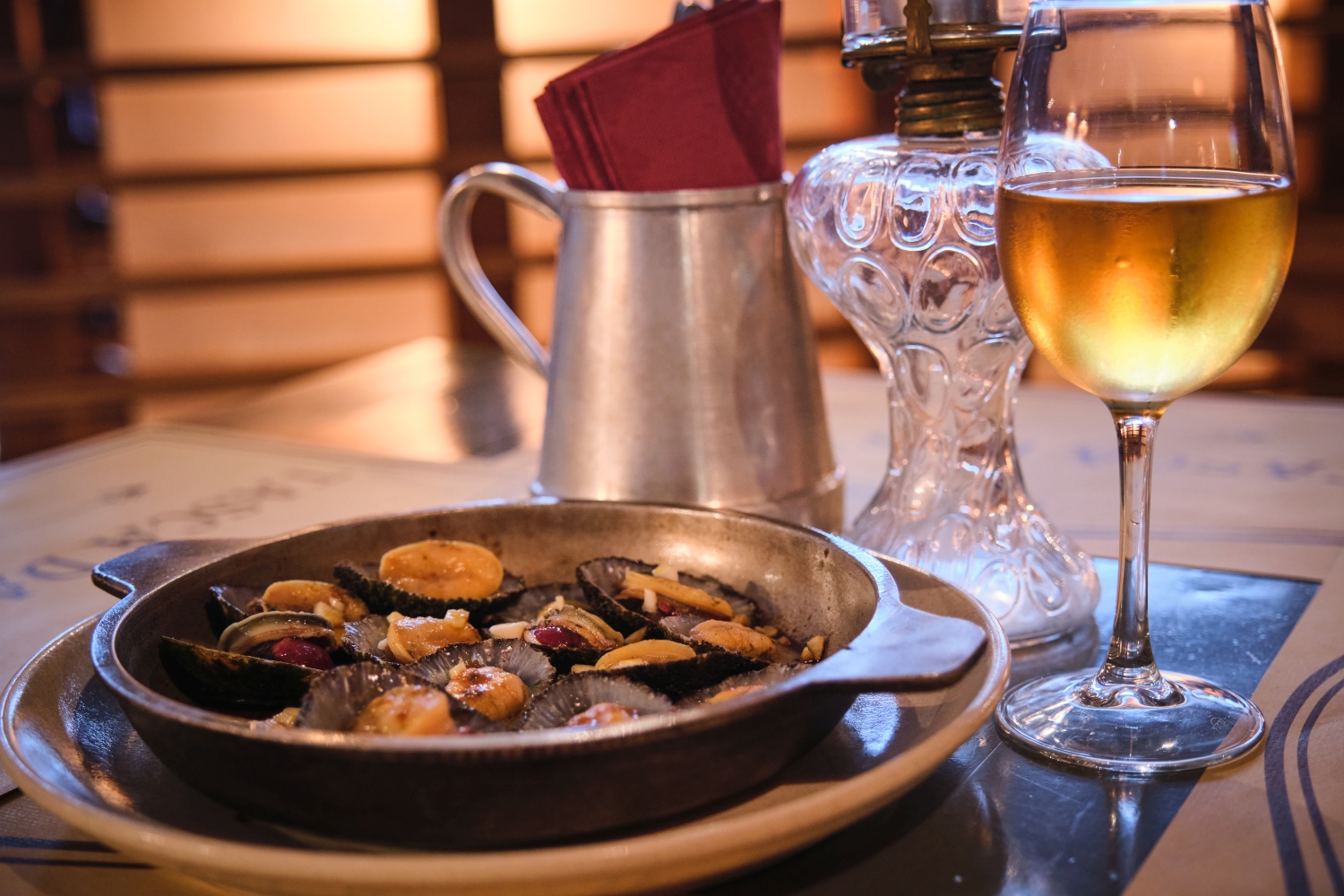
Our hike doesn’t end there of course, as there are no roads to the village, so we follow the dirt track a few miles west, all the while passed by quad bikes ferrying in visitors and supplies - including, on one quad, a wardrobe.
I later find out, to my relief, that the heat wasn’t entirely in my head. Sao Jorge (along with neighbouring Pico Island) is in fact significantly hotter than other islands due to its geology. The landmass simply absorbs and radiates more heat than the smaller, greener islands. Anyone who has walked barefoot on a black sand beach will have some painful memory of how that works.
“If the water doesn’t take your overheated breath away, the location will.”
A natural consequence of all that heat is an affinity with the water, and Azoreans have great skill in creating accessible and safe swimming pools among the dangerously jagged rock of their coastline. Possibly the standout example of this is at Poca Simao Dias on the Faja do Ouvidor. Surrounded by black volcanic walls and rock formations reminiscent of the Giant’s Causeway, it’s overlooked by towering cliffs covered in lush vegetation. If the water doesn’t take your overheated breath away, the location will.
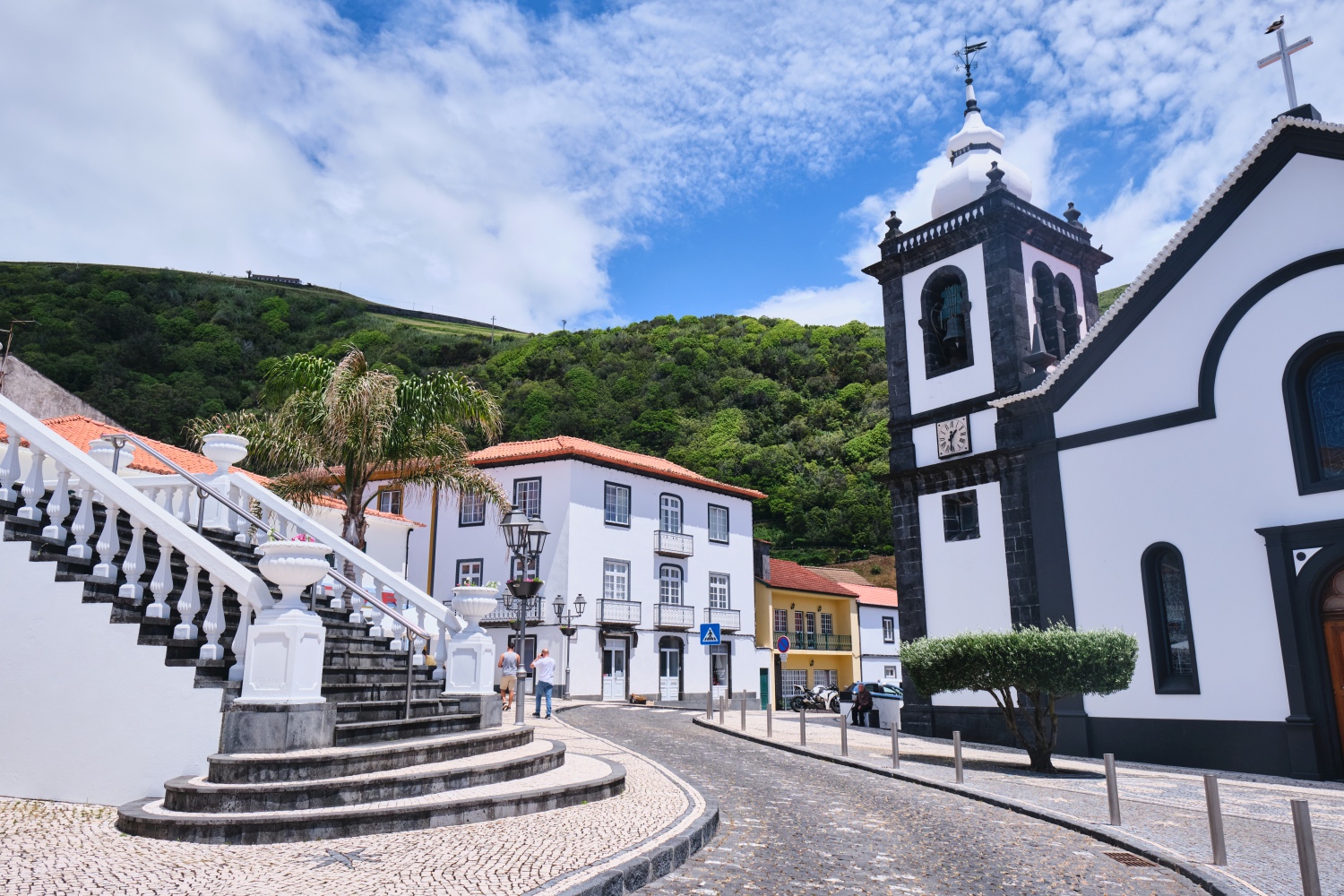
Horta-culturalism
If Sao Jorge is the wildest of the three islands I visit, Faial is a real change of pace. “The port of Horta is often called the most cosmopolitan city in Portugal,” says Marco from SailAzores as we float through the maze of masts in the harbour. Boats from all over the world are docked here, including Ocean Xplorer – the 57-metre, $200-million ocean-research brainchild of billionaire Ray Dalio.
Horta attracts more sailors than the other Azorean islands simply because the harbour is more amenable to a range of boats, and that air of vibrant culture clash that characterises most port cities is palpable from my very first wander to find lunch.
The cafés are more al fresco and with greater variety of food, there is a notable presence of younger people – which I wouldn’t necessarily associate with the yachting set.
I even encounter my first live music since the start of the pandemic, in the shape of a French family (parents and three kids around the age of 10-12) who have spent the past four years sailing around the Atlantic. When I find them on the walls of Porto Pim (apparently “the finest beach in Faial”) they’re singing folk music and sea shanties, accompanied by an array of instruments. But mostly they’re laughing.
Bohemian, youthful, or maybe just monied, Horta feels special, and sitting and soaking up the carefree atmosphere would have been a great way to wind down a trip. However, I had one more hiking goal in mind.
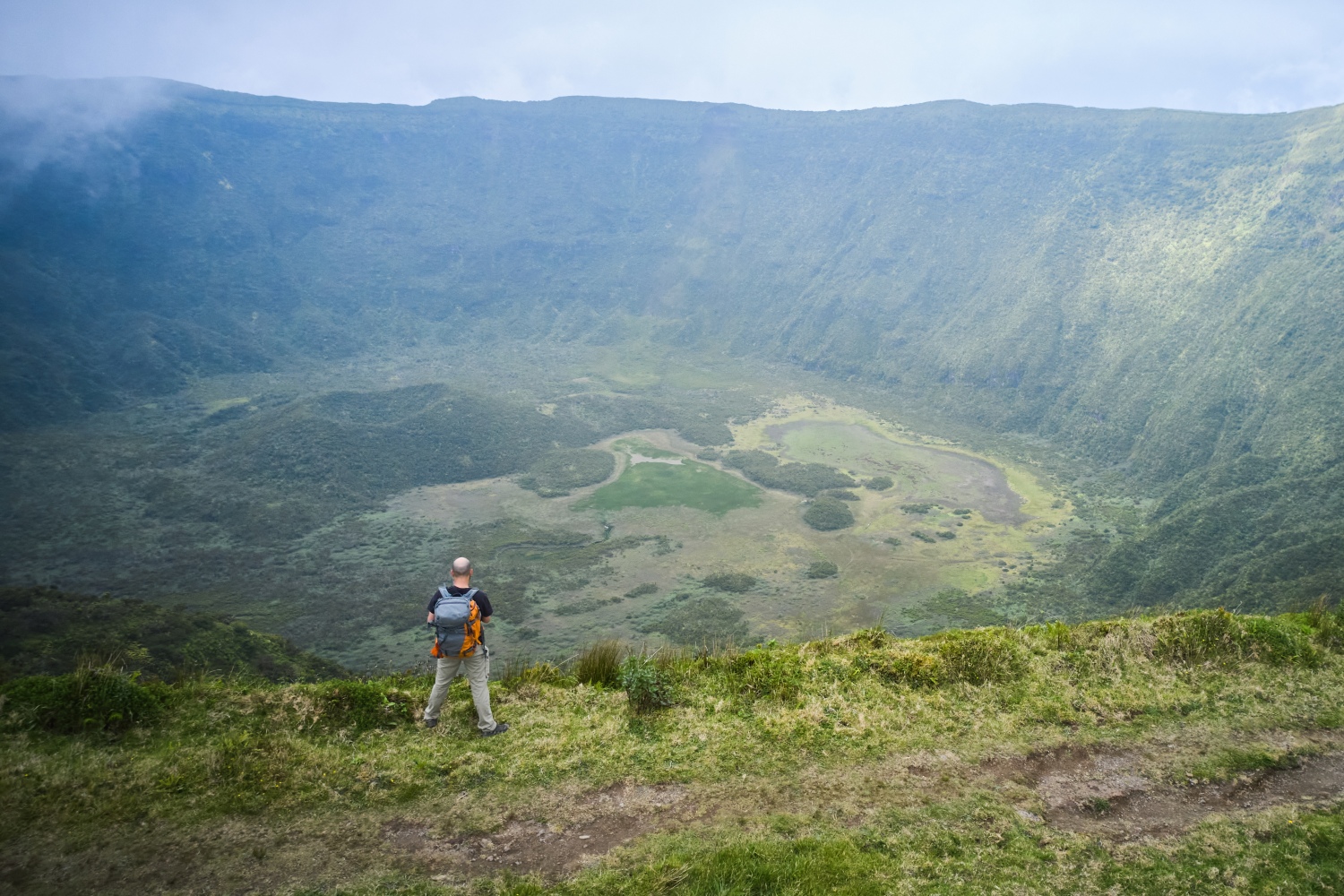
Faial is perfectly formed, in the sense that it has a conical volcano almost bang in the middle, with a deep, lush crater. A 7km walking trail takes you right around the rim of the caldeira, and makes for an easy, cool afternoon. Especially when it’s in cloud, as many Azorean peaks seem to be.
Despite Faial’s seemingly perfect proportions, the island is still being formed. The hiking trails around the Capelinhos volcano are some of the most spectacular – and unique – I've ever encountered. Between 1957 and 1958 on the far western edge of Faial, a volcanic eruption created 2.5 square kilometres of new land, and covered much of the existing west coast in thick layer of black ash, which remains to this day.
Beginning as a submarine eruption right next to an occupied lighthouse, it became the first of its type to be documented from start to finish. This makes for a fascinating exhibition in a Bond-esque subterranean museum hidden beneath the lighthouse itself, which miraculously survived the eruption, and has been sympathetically preserved rather than restored.
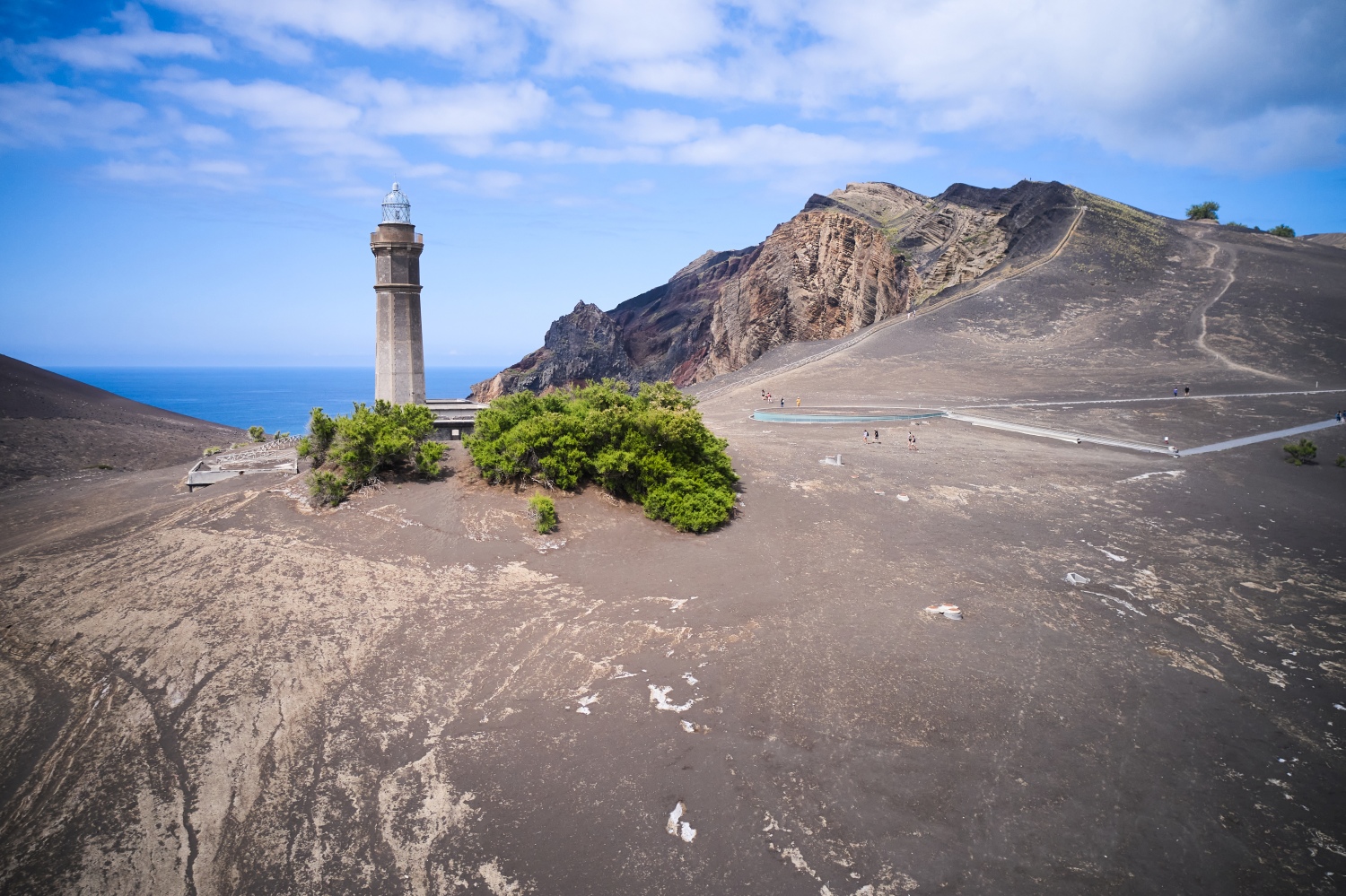
The phrase ‘lunar landscape’ might be a hackneyed cliché of the outdoor-writing world, but there are rumours that NASA is interested in setting up here, as it’s the nearest thing to Martian terrain that Earth can offer. See it before Space Force turns the museum into an underground lair.
“There are rumours that NASA is interested in setting up here, as it’s the nearest thing to Martian terrain that Earth can offer”
In the evening I eat at Restaurant Genuino – owned by the sailor Genuino Madruga who was the 10th (and only Portuguese) person to sail solo around the world. He is full of tales, and will regale any customer regardless of how irritated the waitresses are at his excessive raconteuring and deficient restaurateuring.
On the wall is a huge map of the world tracing the line of Genuino’s voyage. All the lines converge on the Azores. Every available surface of the harbour is painted with the insignia of the boats that have docked there. The world’s leading ocean research vessel dominates the scene, and geologists and space agencies alike are drawn by the unique landscape.
As I eat my last meal, and listen to yet another of Genuino’s tall tales, I realise the Azores isn’t isolated from the world at all. Maybe it’s just the giddiness of getting to travel again after a pandemic, but as the sun sets on the bay of Porto Pim and the congregation of sailors and travelers from far-flung lands, it feels like all the world is here.
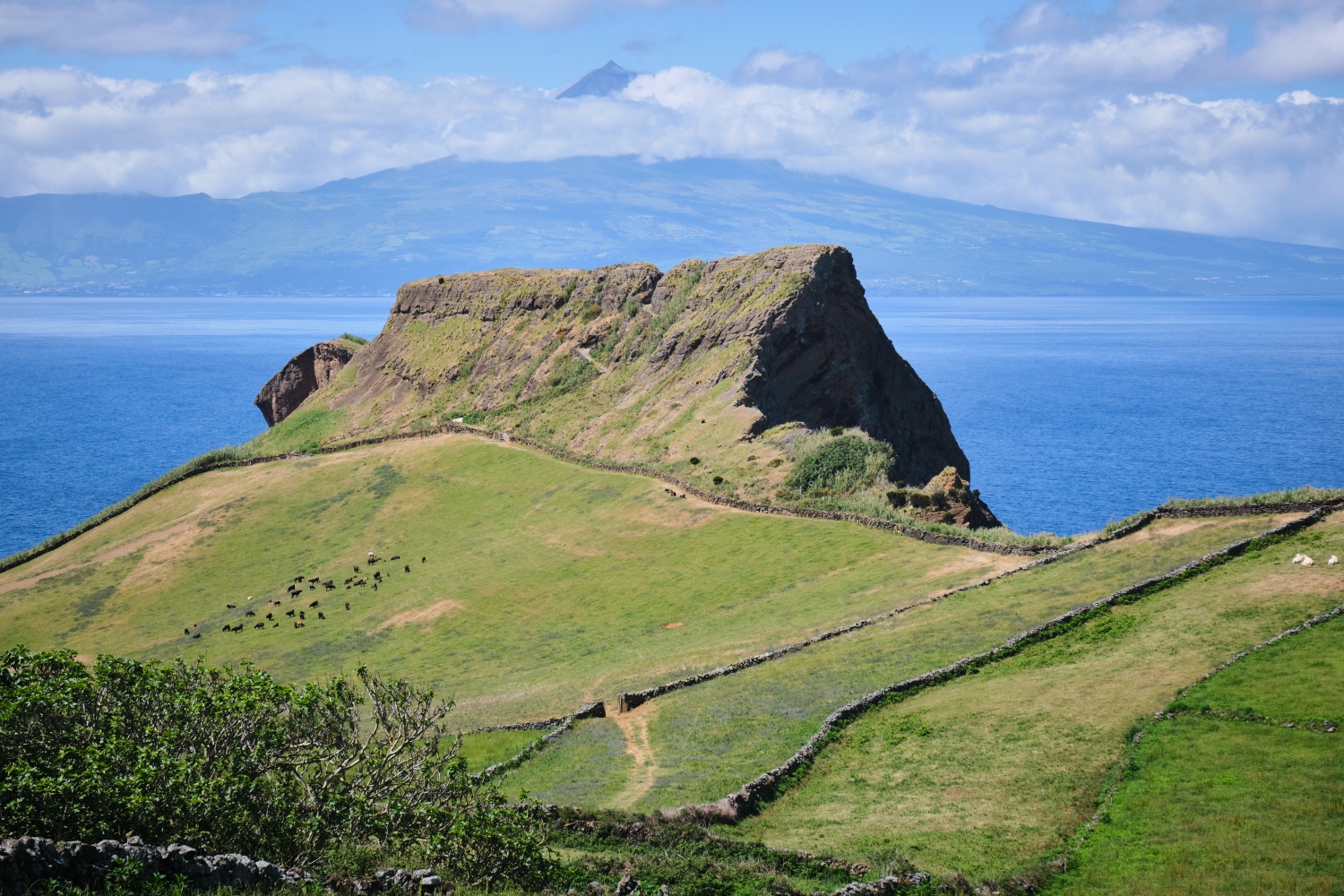
Travel info:
Our trip
Guiding at Misterios Negros on Terceira was provided by Joaquim from Pico de Aventura, and for Serra de Topo hike, on Sao Jorge by Katerina at Aventour.
Sailing from Horta was provided by SailAzores.
Car rental was provided throughout by Ilha Verde, which proved useful on a multi-centre trip, as you only need provide your details once.
Getting there
Daniel flew with Ryanair from Stansted.
Where to stay
Daniel stayed at the Azoris Angra Garden hotel in Angra do Heroismo, Terceira and in Velas, Sao Jorge island, at the Hotel Sao Jorge Garden. Finally in Horta on the island of Faial he stayed at the Hotel Horta.
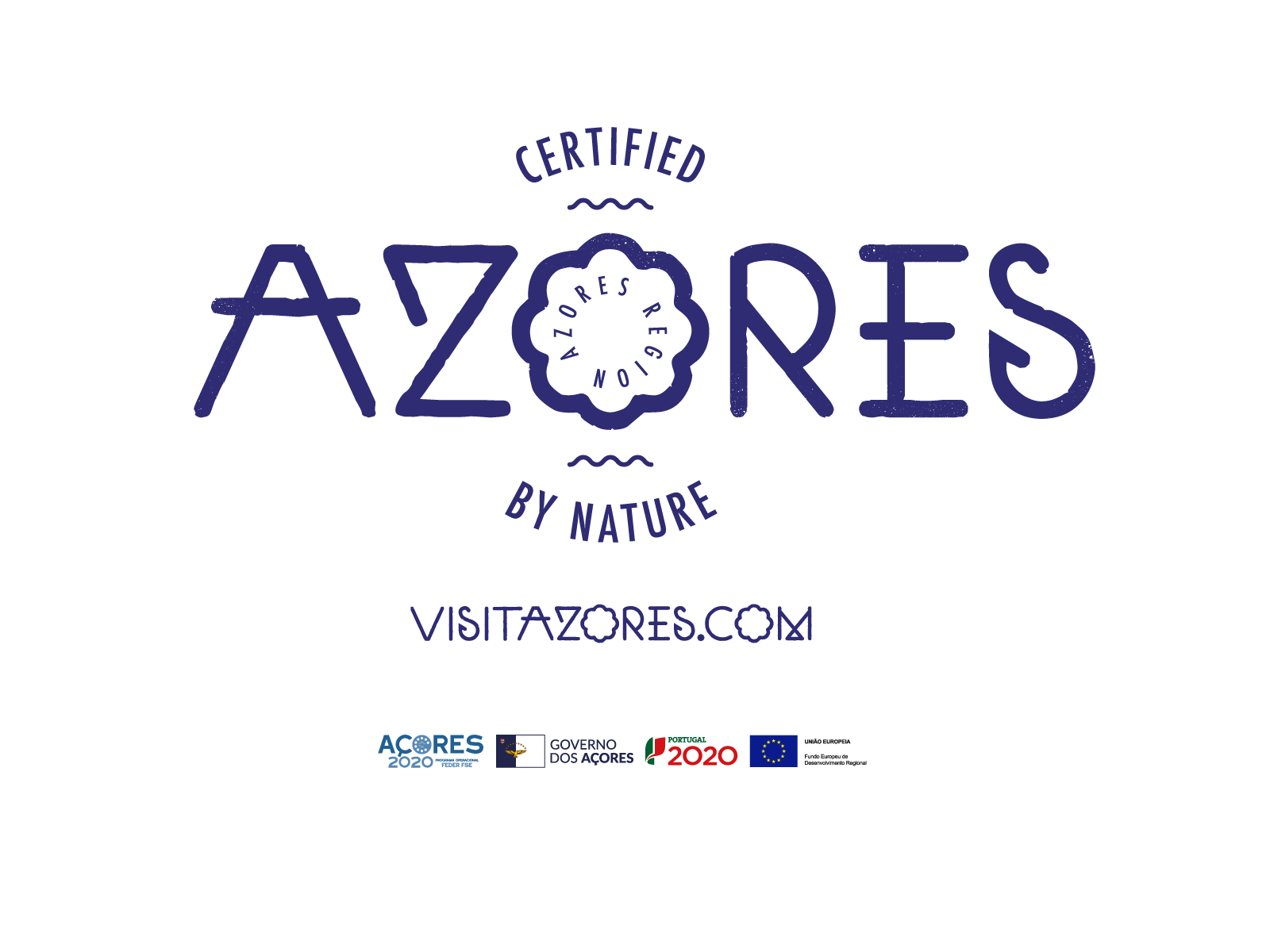
- READ NEXT: The Best Waterproof Jackets
